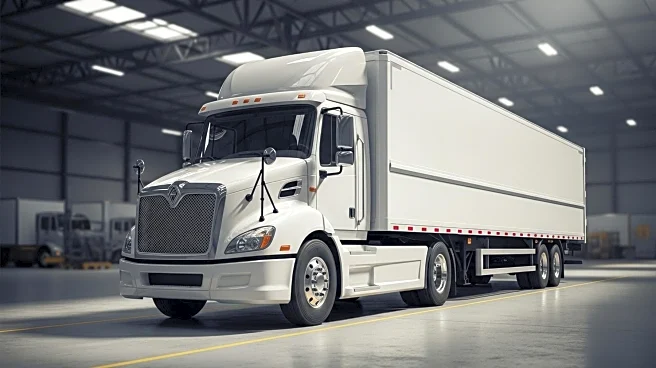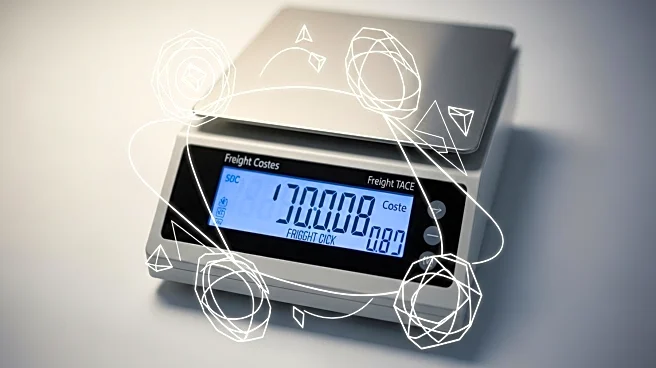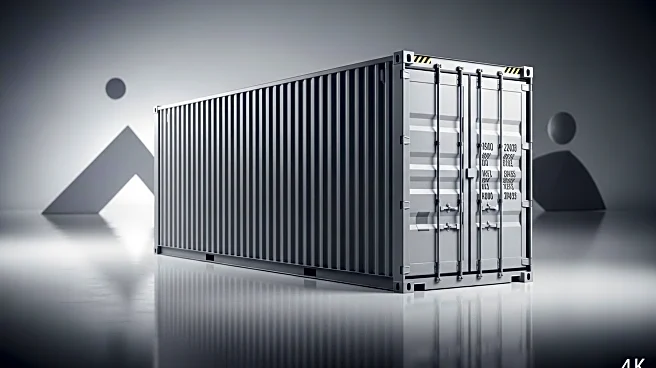What is the story about?
What's Happening?
The National Motor Freight Traffic Association (NMFTA) has introduced significant updates to the less-than-truckload (LTL) freight classification standards through Docket 2025-1. Effective July 19, these changes aim to simplify and enhance the classification process, making it more fleet-friendly and operationally efficient. The updates include a shift from an 11-class system to a 13-tier density scale, which provides finer granularity and introduces new classes such as 50 and 55. Over 2,000 commodities have been reclassified into broader categories, emphasizing density in freight handling. This transformation is designed to improve packaging strategies, reduce costs, and enhance stowability, ultimately leading to fewer damages and more efficient loading. The NMFTA has also launched ClassIT+, a streamlined classification platform that offers faster search capabilities and integrated tools for modern freight professionals.
Why It's Important?
The updates to the LTL freight classification standards are crucial for the industry as they align costs more closely with handling and space utilization. By rewarding denser shipments with lower rates, the changes encourage shippers to optimize packaging strategies, potentially leading to significant cost savings. This shift is expected to enhance operational accuracy and reduce friction between shippers and carriers. The introduction of ClassIT+ further supports these goals by providing a modern interface and adaptive tools that simplify the classification process. These advancements are likely to improve competitiveness in the freight landscape, benefiting fleets and shippers who adapt to the new standards.
What's Next?
Fleets and shippers are encouraged to audit their current NMFC codes and update their shipment systems to reflect the new class codes and handling flags. Training and education for operations teams are essential to understand the effects of density-based classification and avoid rate surprises. The NMFTA continues to engage with the industry to ensure the classification system remains relevant and accessible, helping fleets stay competitive. As the industry adapts to these changes, ongoing training and application of the enhancements will be crucial for driving real results.
Beyond the Headlines
The comprehensive update to the NMFC standards represents a broader shift towards data-driven and intuitive freight handling practices. By simplifying commodity listings and embracing modern tools, the industry is moving towards more efficient and accurate operations. This transformation may lead to long-term improvements in freight logistics, fostering innovation and competitiveness in the sector.
AI Generated Content
Do you find this article useful?














